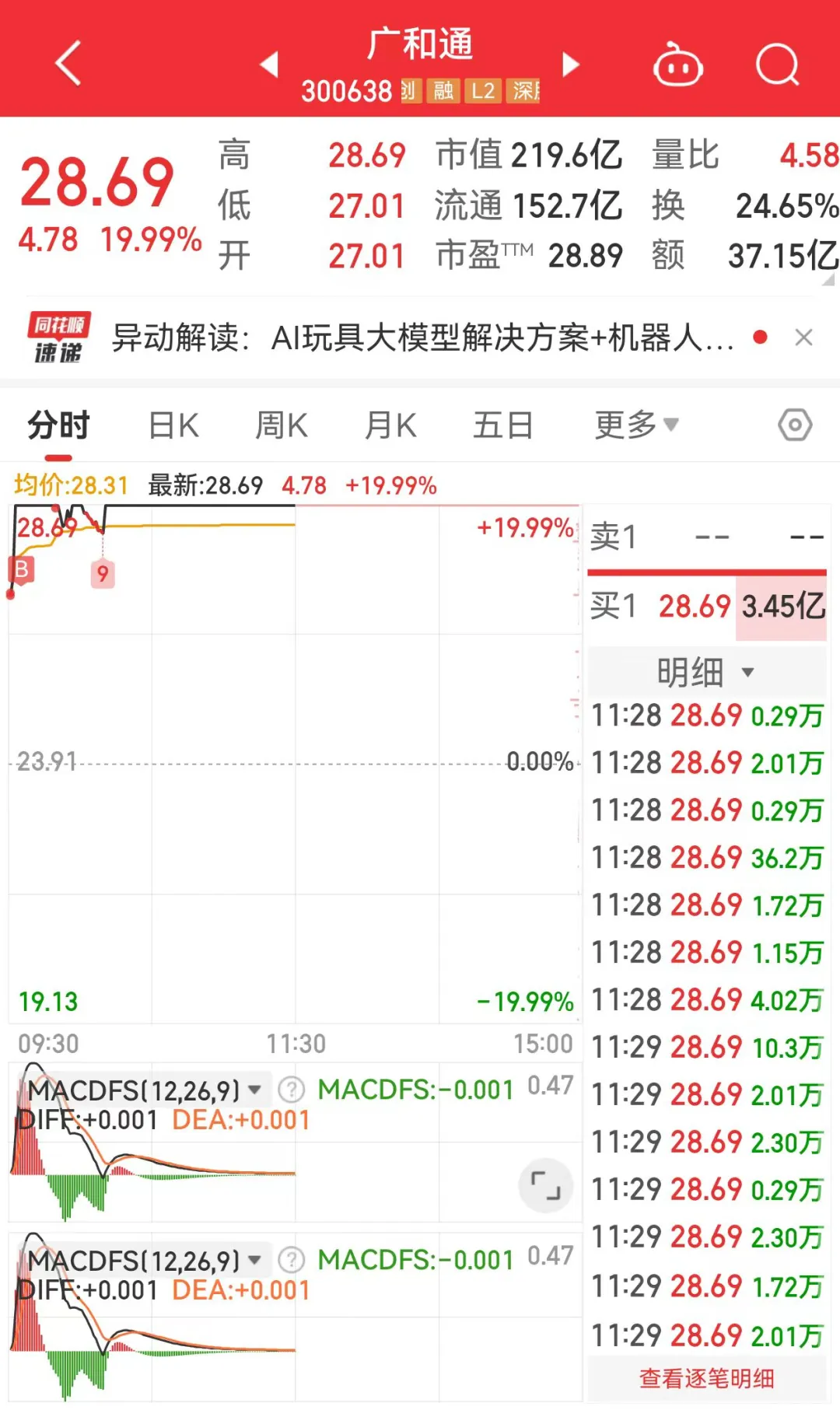This market's short-term ecosystem, at its core, resembles a chess game involving multiple parties. The activities within a chess game can be simply viewed as having three identities: "chess pieces," "chess players," and "spectators." Chess pieces are the most basic units in the game, representing the largest and most widespread group. However, sometimes they lack self-awareness and often feel good about themselves, mistakenly considering themselves as chess players and giving directions as if they were. Spectators are the variables in the chess game, with their numbers fluctuating significantly. If the game is exciting and intense, the number of spectators will sharply decrease as they join the game to become chess pieces. Conversely, if the game is dull and most people start to observe, the number of spectators increases. In this market, those who truly deserve the title of "chess player" are rare, akin to finding a phoenix among chickens or a unicorn among horses. The birth of a chess player in the "history of the chess game" can be said to occur once every ten years. It can be said that circumstances make heroes, and each hero has accomplished a "precious chess game," which becomes a well-known story and is frequently discussed by others. After gaining a simple understanding of this ecosystem, let's examine how each chess game operates. Chess pieces follow the "instincts of human nature" (system settings) and tremble without any pattern in this circle, diligently providing "ecological nutrients" 365 days a year without rest. Chess players observe the stars at night, following the periodic operation rules based…
